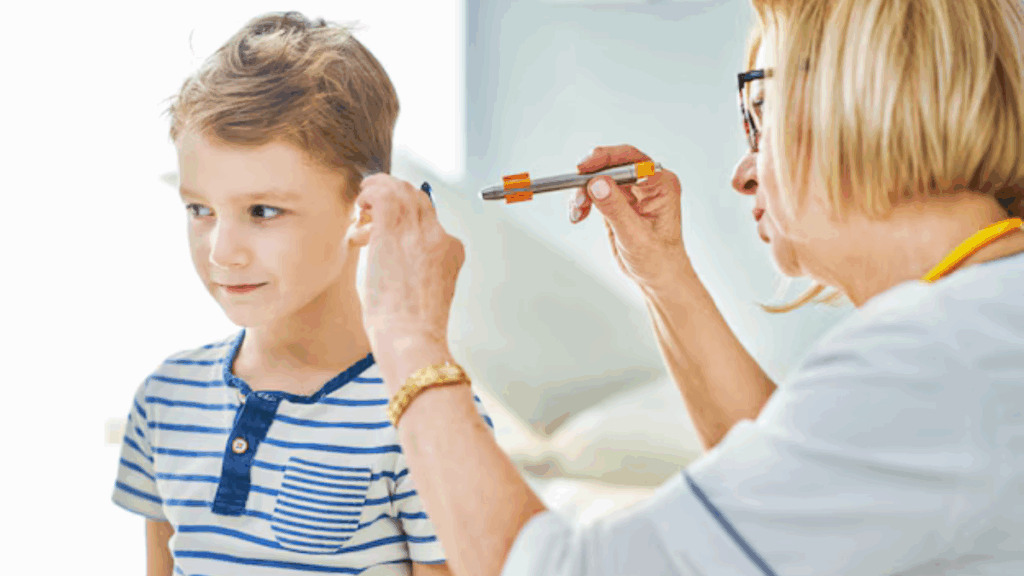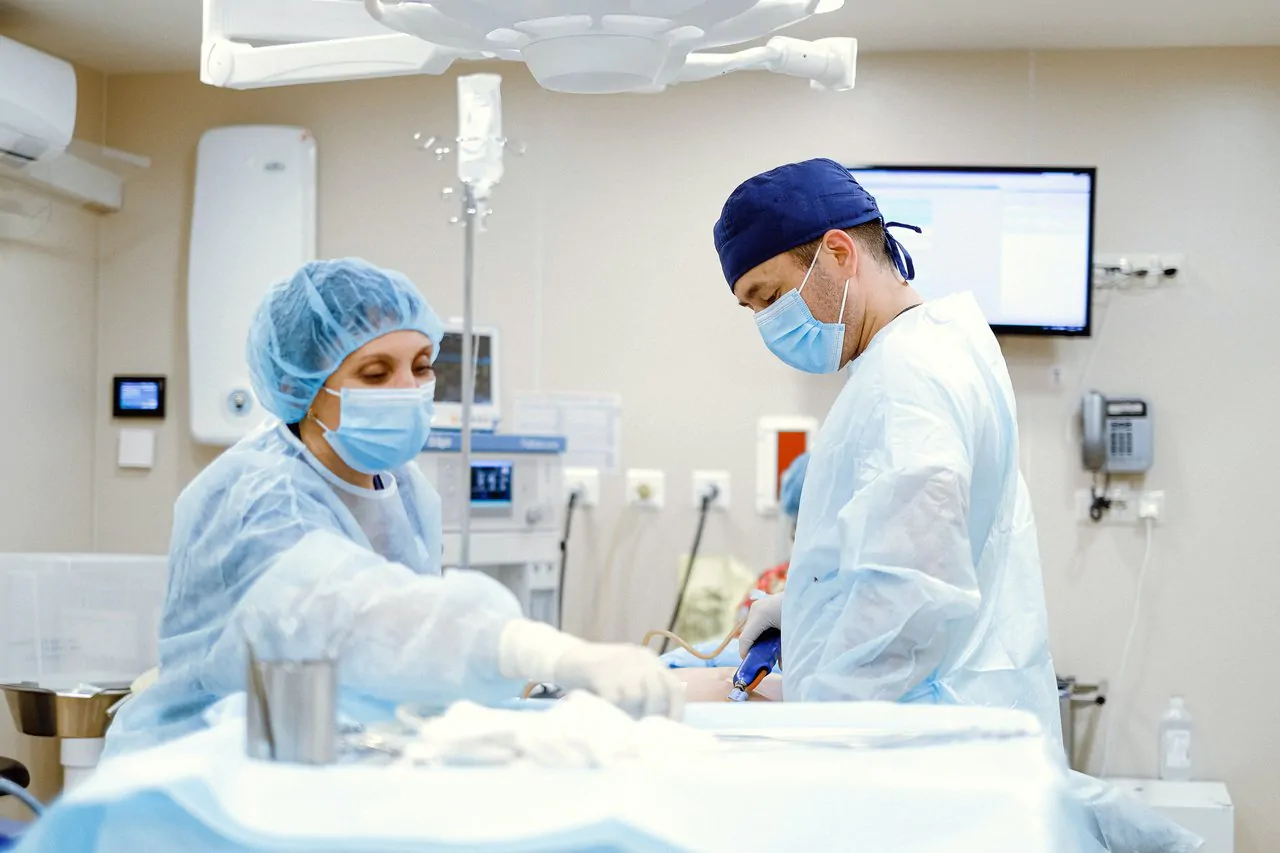Children’s Hearing Tests Are Evolving — Here’s What Every Parent Should Know

At The Audiology Place, we’ve seen firsthand how much children’s hearing assessments have changed over the past decade. What was once a rigid, one-size-fits-all approach has now evolved into a far more accurate, personalised, and child-friendly process. Thanks to advancements in technology, clinical research, and paediatric-specific methods, we can now identify and support hearing difficulties much earlier and with much greater precision.
At The Audiology Place, we’ve seen firsthand how much children’s hearing assessments have changed over the past decade. What was once a rigid, one-size-fits-all approach has now evolved into a far more accurate, personalised, and child-friendly process. Thanks to advancements in technology, clinical research, and paediatric-specific methods, we can now identify and support hearing difficulties much earlier and with much greater precision.
This progress couldn’t come at a more important time. Hearing loss in children is more common than many people realise, and its effects can be far-reaching. Even mild or partial hearing issues — especially when left undiagnosed — can delay speech and language development, make learning at school more difficult, and lead to frustration, behavioural challenges, or social withdrawal. In contrast, early identification and treatment often lead to significantly improved outcomes for both children and their families.
Here’s a closer look at the latest developments in children’s hearing testing — and what they mean for you and your family.
1. Testing Methods Are Now Designed for Children, Not Just Adapted From Adults
One of the most significant developments in recent years is the recognition that children, especially young ones, respond to sound in a manner that differs substantially from that of adults. Their attention spans are shorter, their behavioural responses vary more, and they can become anxious or overwhelmed in unfamiliar environments. Modern paediatric audiology now reflects this.
Rather than expecting a child to sit still and press a button when they hear a tone — a task that can be difficult or even impossible for a toddler — we use methods like Visual Reinforcement Audiometry (VRA) and Play Audiometry.
- VRA involves pairing a sound with a visual reward, like a moving toy or light, to reinforce a head-turning response in babies and toddlers.
- Play Audiometry turns hearing tests into a game, where children might be asked to place a block in a bucket every time they hear a sound.
These playful, interactive techniques not only help children engage with the process — they also give us accurate, reliable data about their hearing thresholds across different frequencies.
2. We Can Now Assess Newborns and Infants Accurately and Comfortably
One of the most exciting areas of development is infant hearing assessment. Thanks to tools like Auditory Brainstem Response (ABR) and Otoacoustic Emissions (OAE), we can now test the hearing of babies — often in the first few weeks of life.
- ABR testing measures how sound travels from the ear to the brainstem. It’s non-invasive and can be done while the baby sleeps.
- OAE testing checks the function of the inner ear (cochlea) by measuring sound waves that the ear itself produces in response to a stimulus.
These tests are gentle, safe, and don’t require any active participation from the infant. Most importantly, they enable the early detection of congenital hearing loss, providing families with a critical window to initiate intervention before speech and language delays occur.
In our clinic, we often see babies referred after failing their newborn hearing screening. In many cases, a follow-up diagnostic test gives parents peace of mind. In other cases, it allows us to create a personalised hearing care plan early, when it can make the biggest difference.
3. Hidden Hearing Difficulties Are No Longer Going Undetected
Not all children with hearing difficulties will show obvious signs. Some individuals may pass standard hearing tests but still struggle in noisy classrooms, misinterpret what is said to them, or have trouble following instructions. In these situations, the issue may not lie in the ears themselves but in the brain’s ability to process sound.
This is where testing for Auditory Processing Disorder (APD) becomes important. APD is a condition where the brain doesn’t process sounds in the usual way. It can affect how a child understands speech, especially in environments with background noise or competing voices.
We now have much better assessment tools to screen and test for APD. These tests are typically reserved for school-aged children and involve tasks like listening to words in noisy settings, identifying pitch differences, or repeating back sentences. Identifying APD can be life-changing for families, as it helps explain certain behaviours and learning challenges, and opens the door to targeted support strategies, both at home and in school.
4. Real-World Testing Provides a Clearer Picture of Daily Hearing Challenges
Traditional hearing tests are done in very quiet, controlled rooms. While this is necessary to establish accurate hearing thresholds, it doesn’t always reflect how children hear in everyday life — where noise, distraction, and competing sounds are constant.
That’s why we’re now including speech-in-noise testing as part of many children’s assessments. These tests simulate classroom-like environments to assess a child’s understanding of speech in the presence of background noise. This provides us with a much better understanding of their real-world hearing performance, helping to guide recommendations on hearing aids, classroom accommodations, and learning support.
5. Faster, More Comfortable Appointments for Kids and Parents Alike
The technology itself has also advanced significantly. Today’s equipment is smaller, quieter, and faster. This allows us to complete comprehensive assessments in less time — often within a single session — and with less fuss. At The Audiology Place, we’ve also put care into designing a clinic environment that’s calm, quiet, and welcoming for families. No bright lights, no intimidating machines, and no rushed appointments.
Most importantly, we always take the time to explain the process in plain language, so both children and parents feel comfortable and informed.
The Bottom Line
These improvements in testing methods, technology, and understanding enable us to diagnose and support hearing issues in children earlier, with greater confidence and better outcomes. Whether it’s a newborn follow-up, a toddler with delayed speech, or a school-aged child struggling in the classroom, the tools we now have make it easier to get answers — and take action.
If you’ve ever wondered about your child’s hearing, or if you’ve noticed signs like unclear speech, inattentiveness, or delayed responses, we encourage you to book a comprehensive hearing test. With the latest technology and years of clinical experience in paediatric audiology, we’re here to help every step of the way.
The Audiology Place — Independent, evidence-based, and family-focused hearing care in Forestville.




